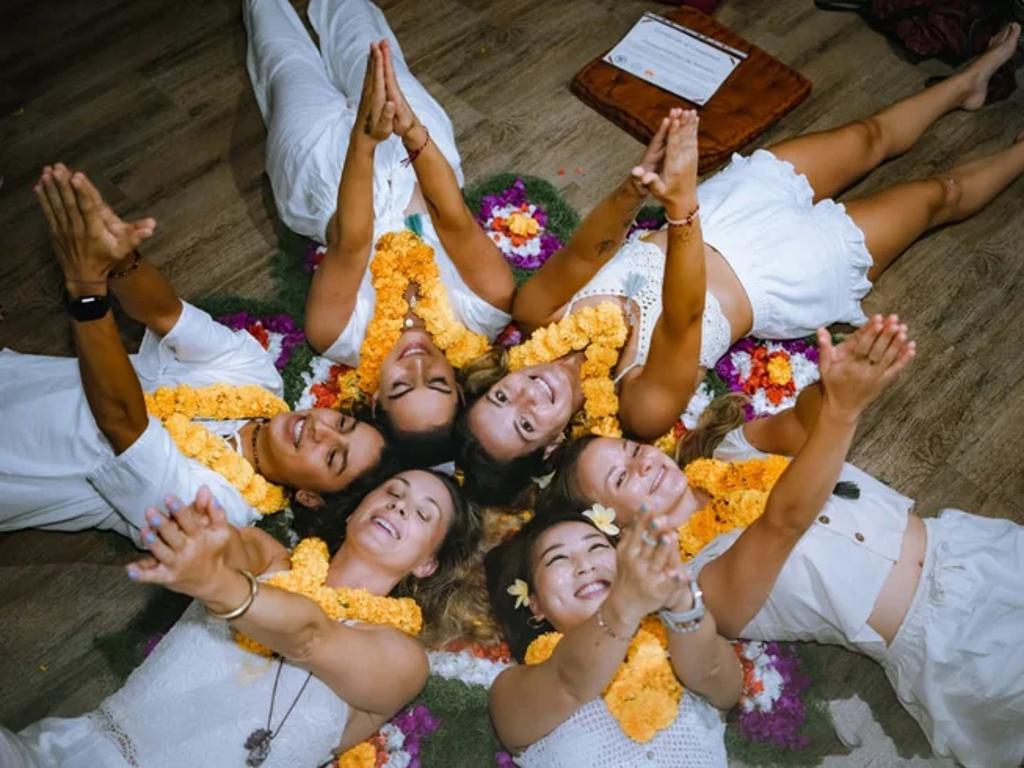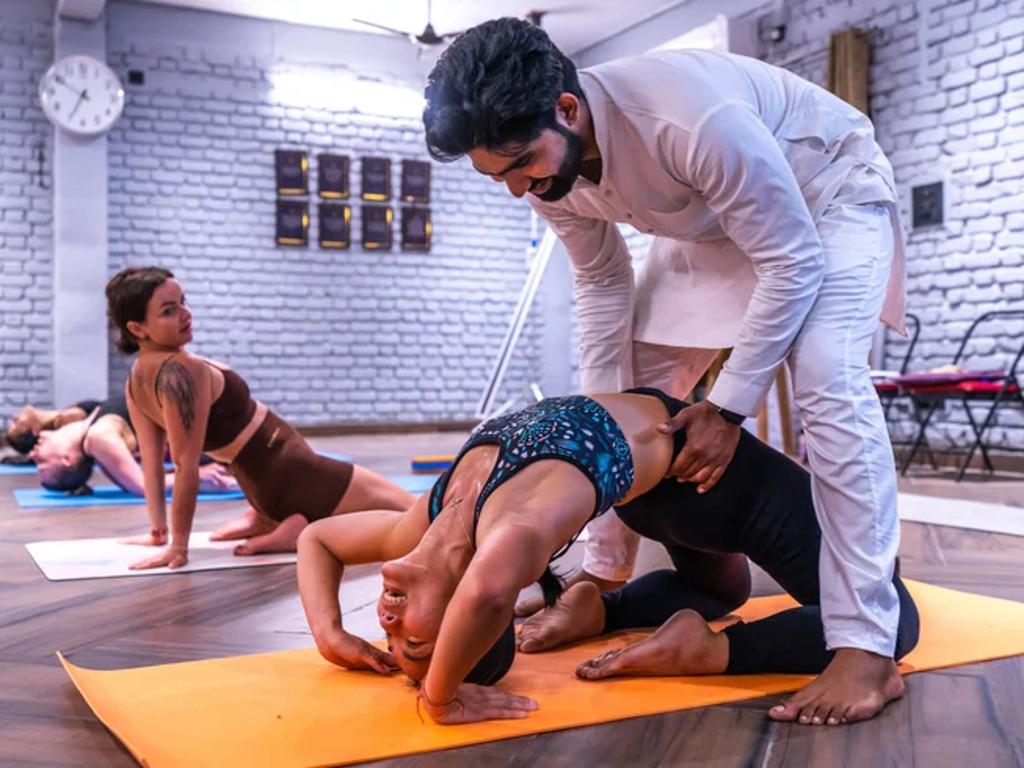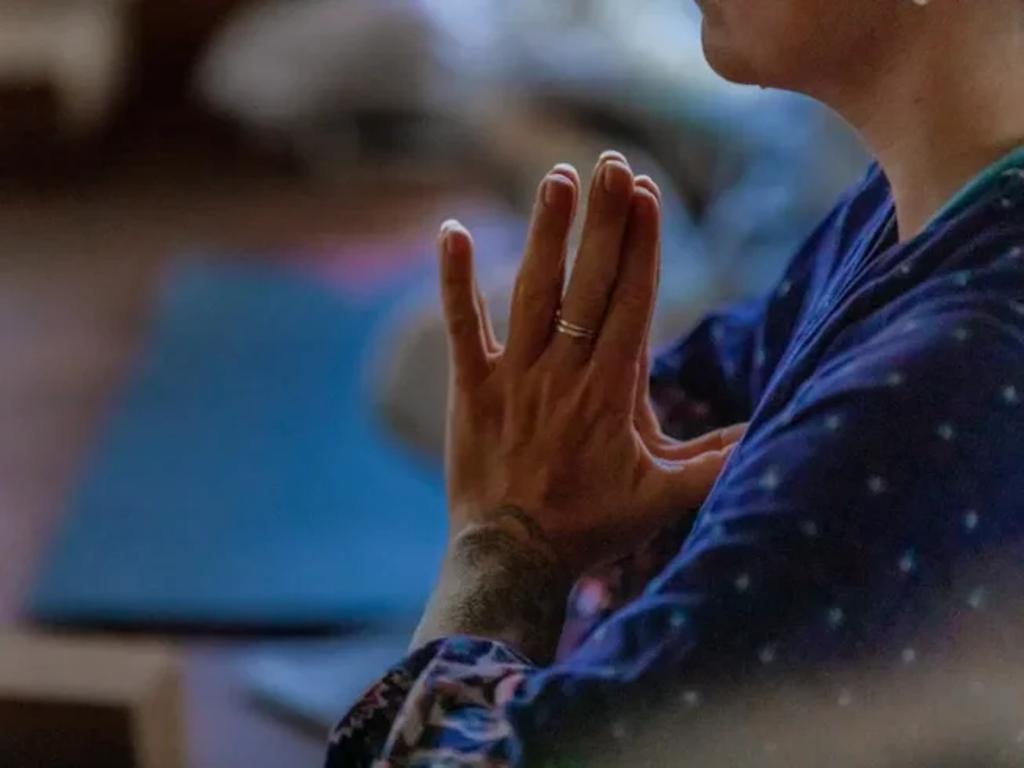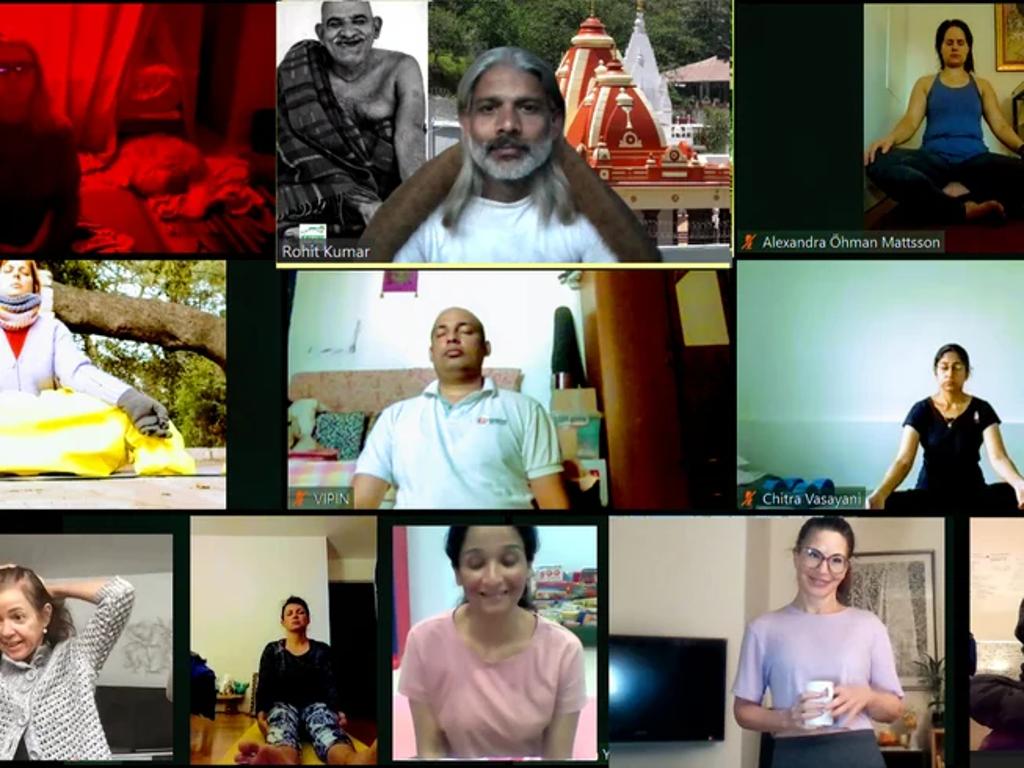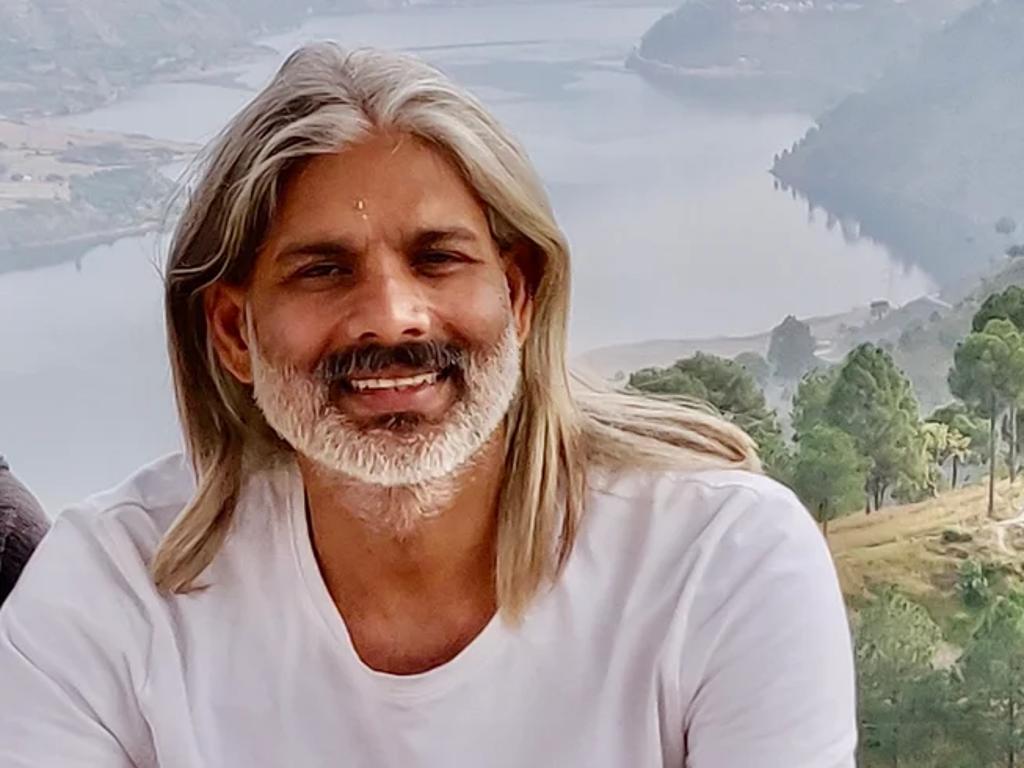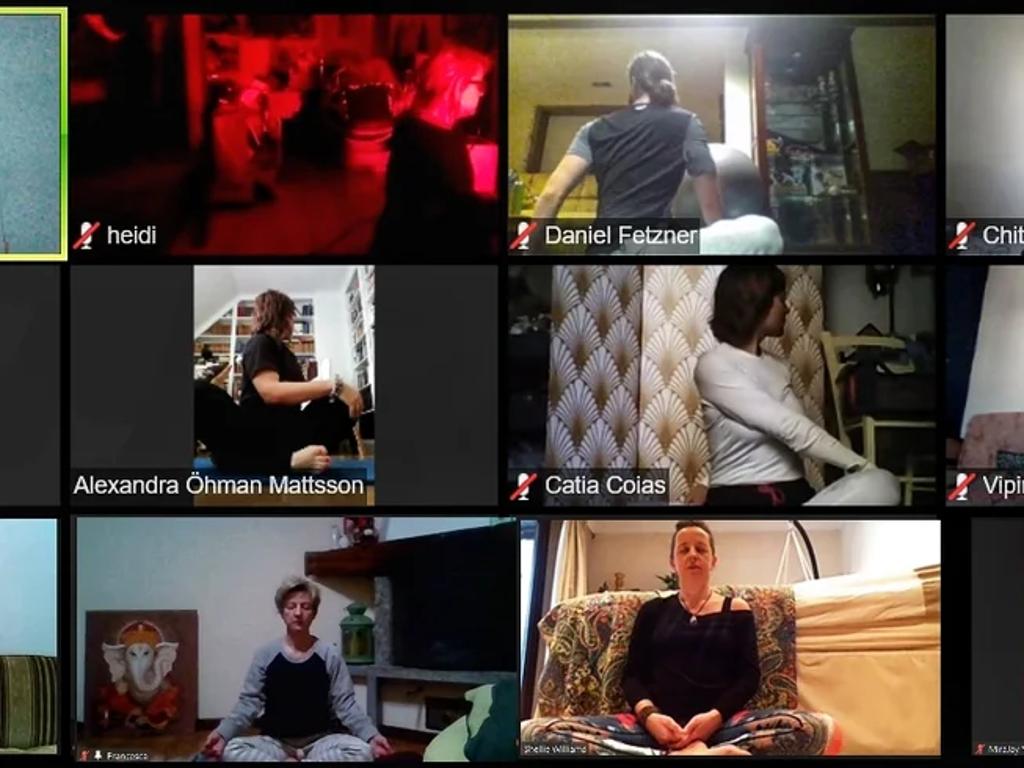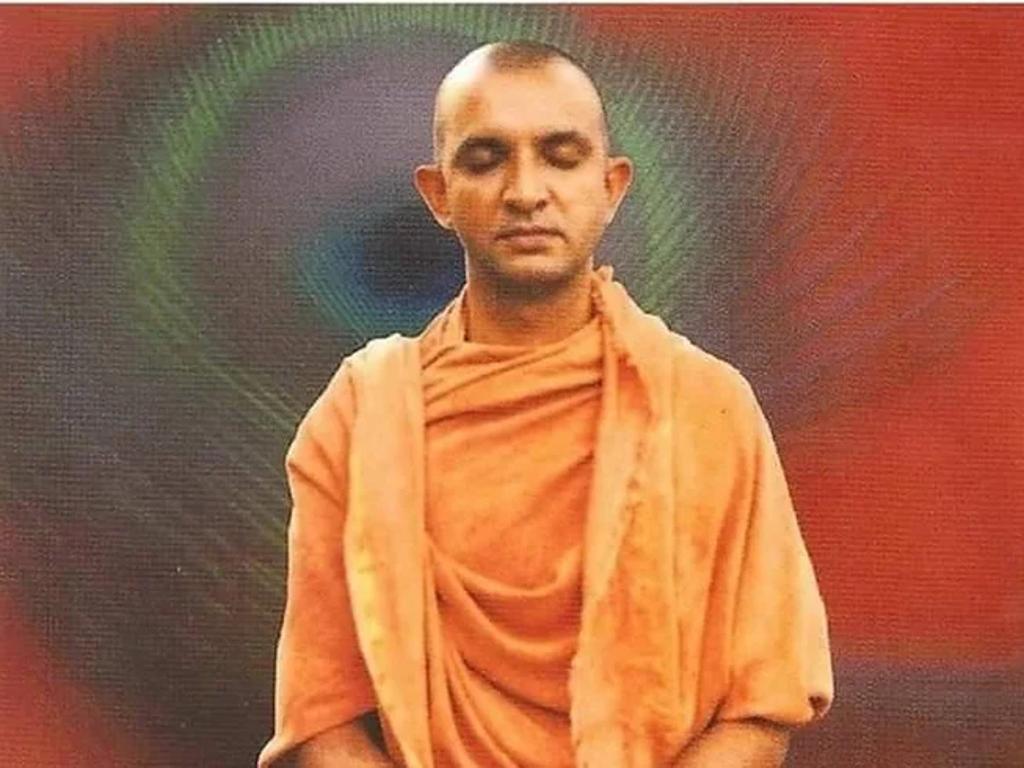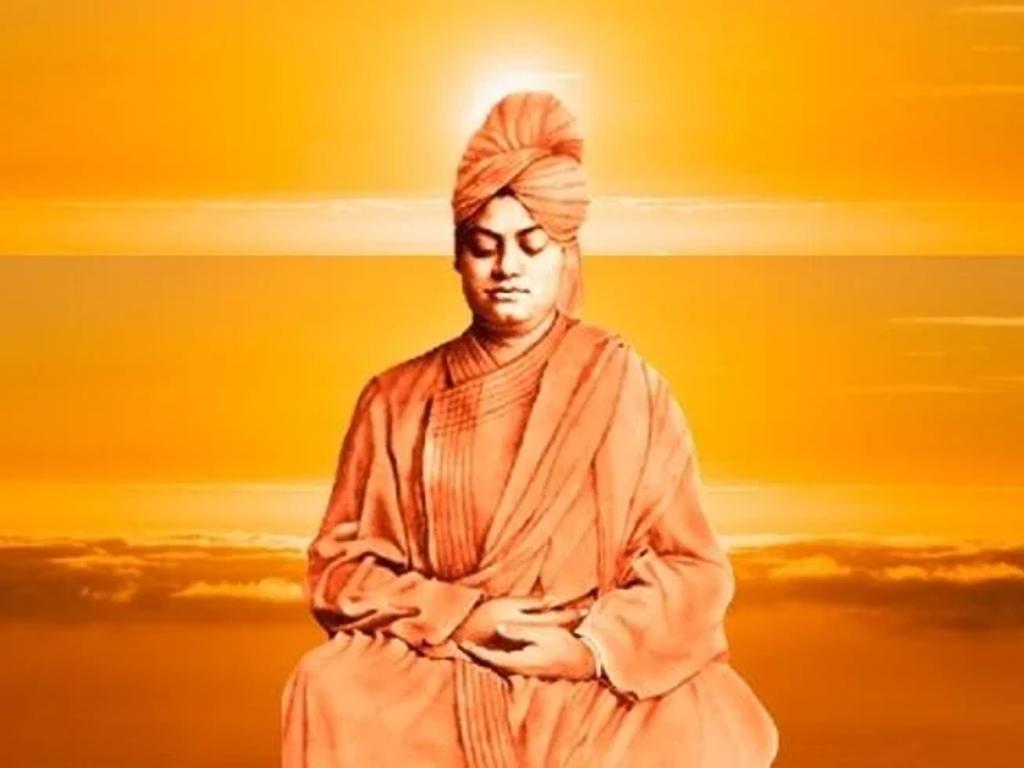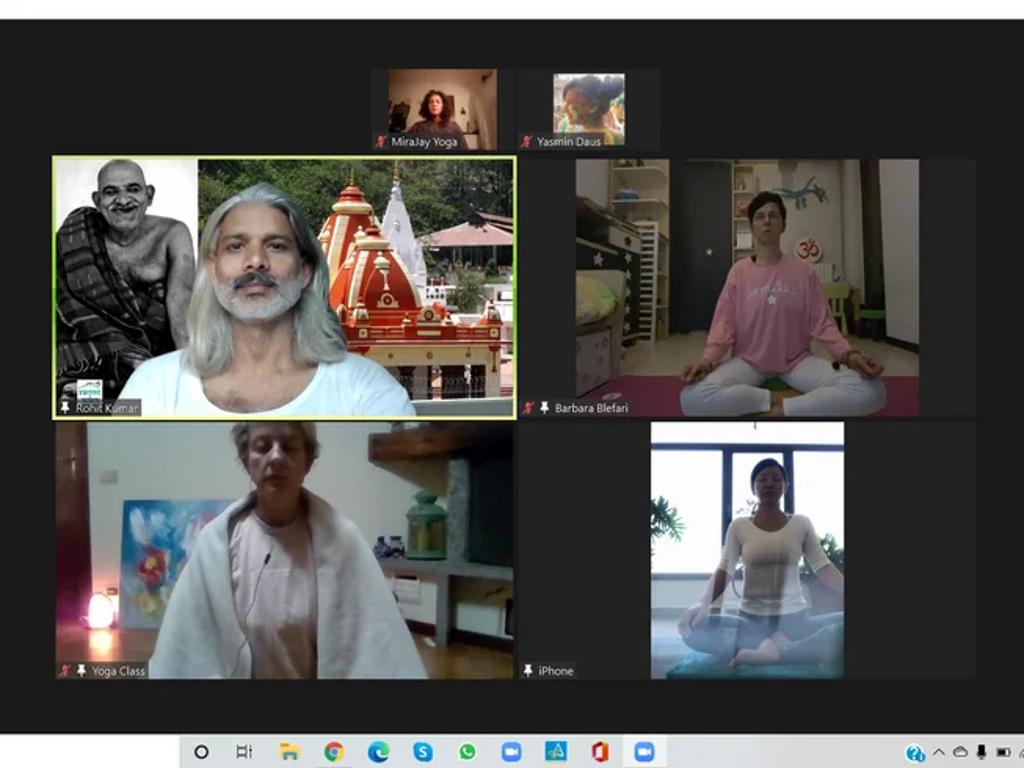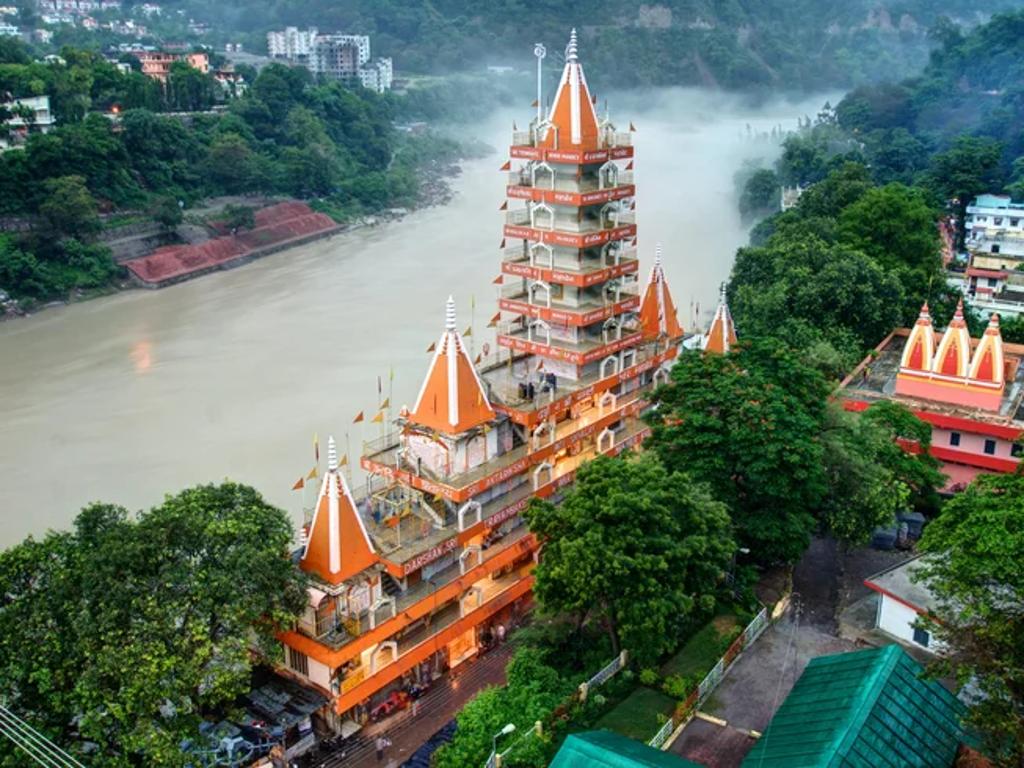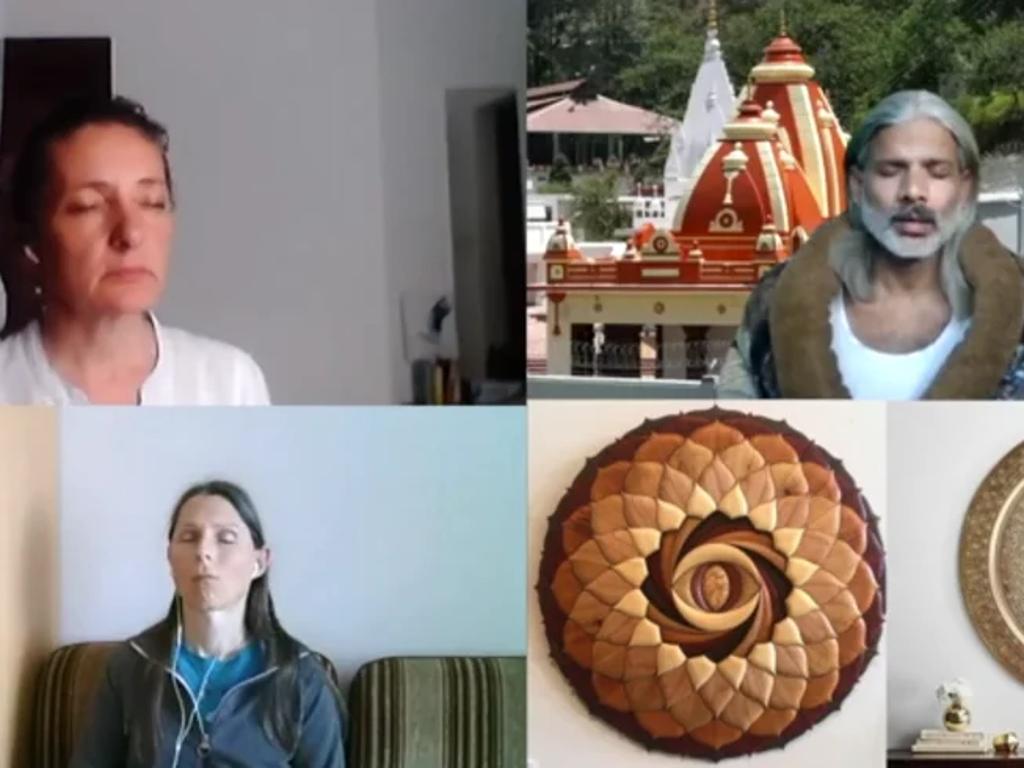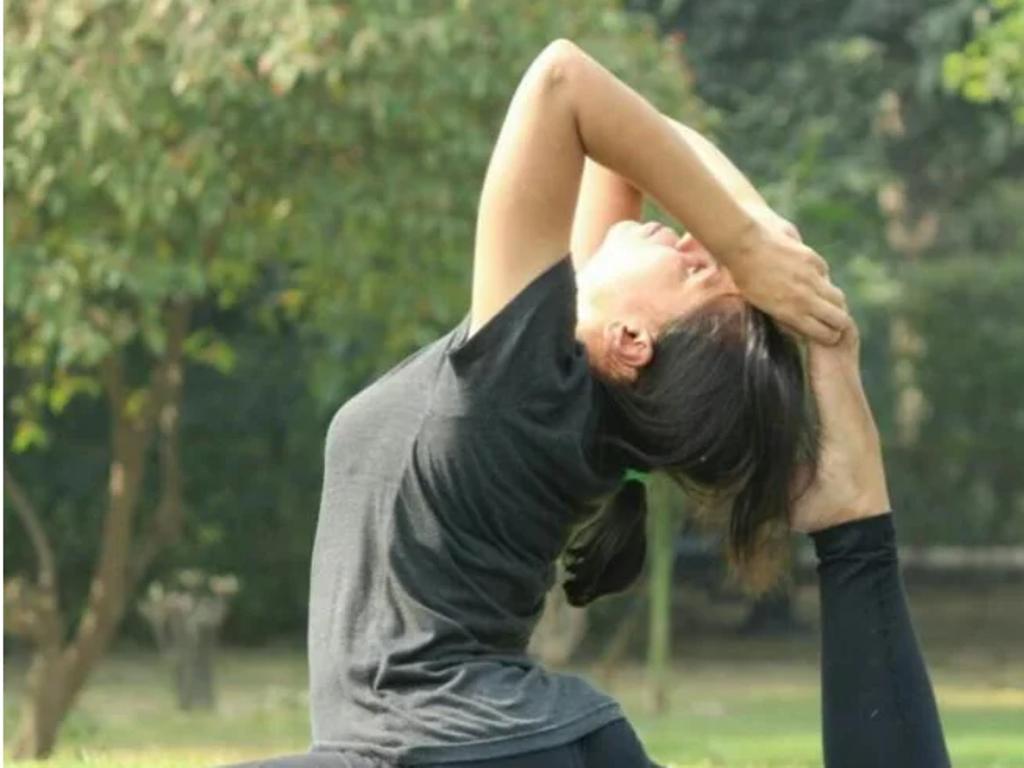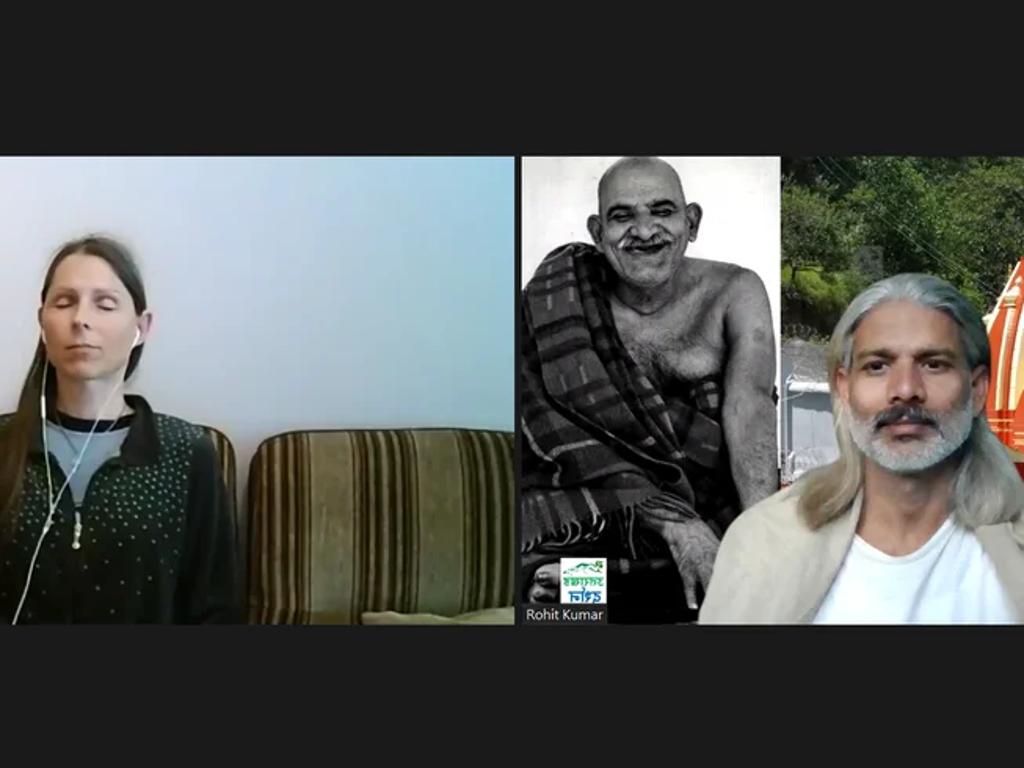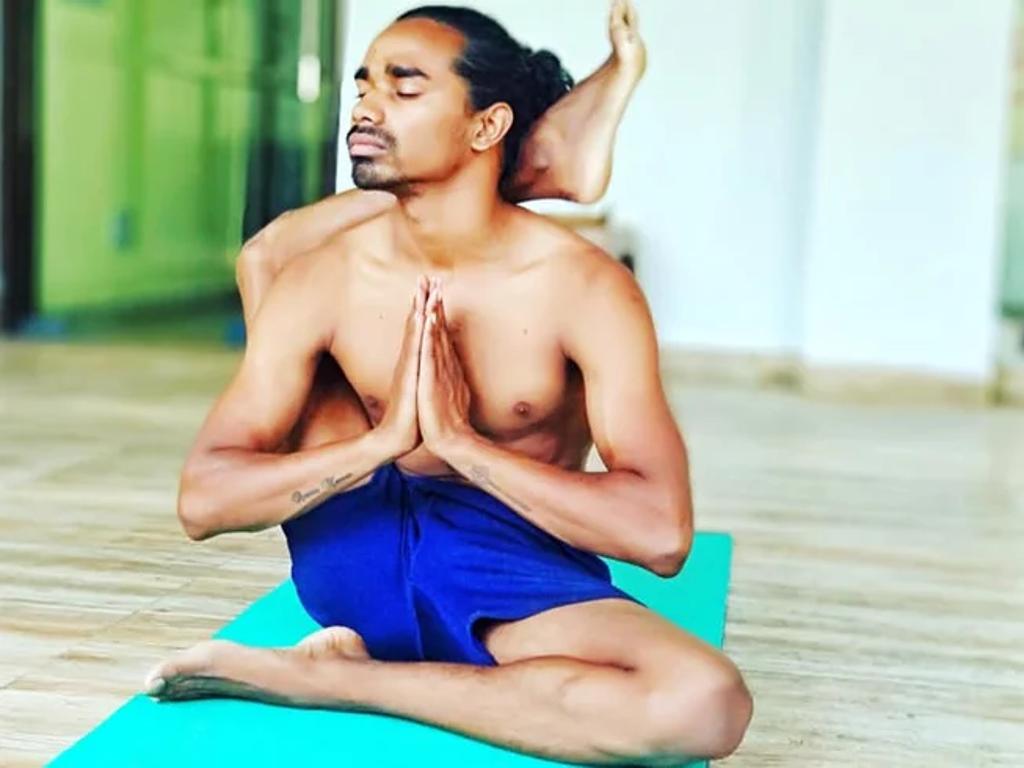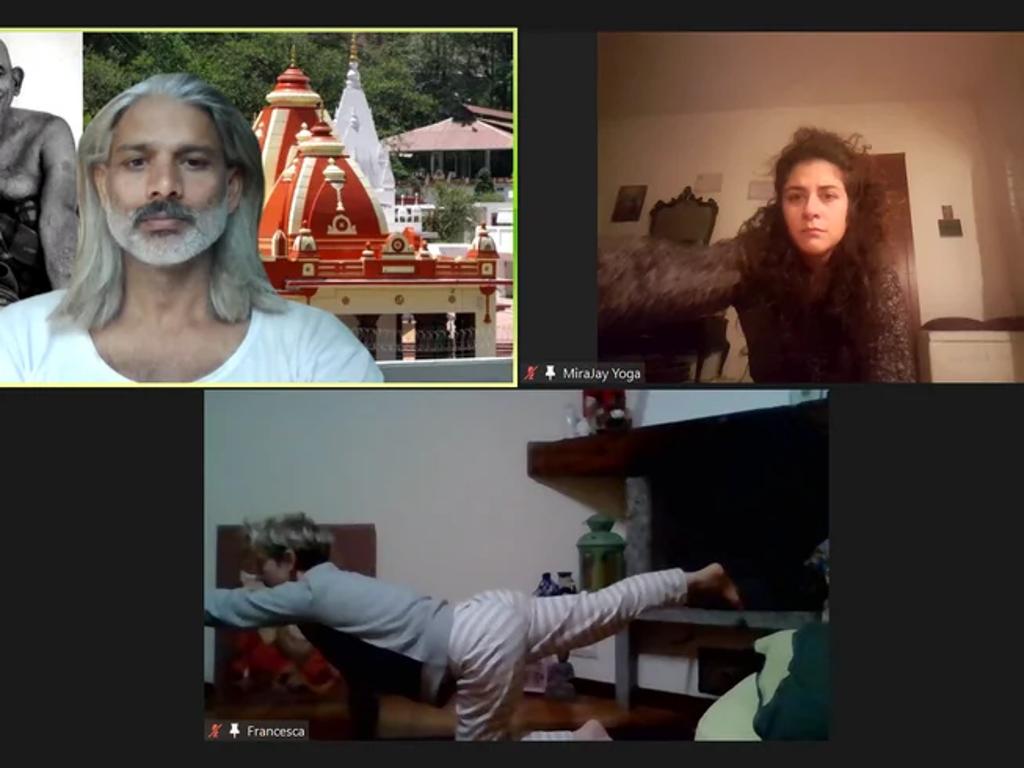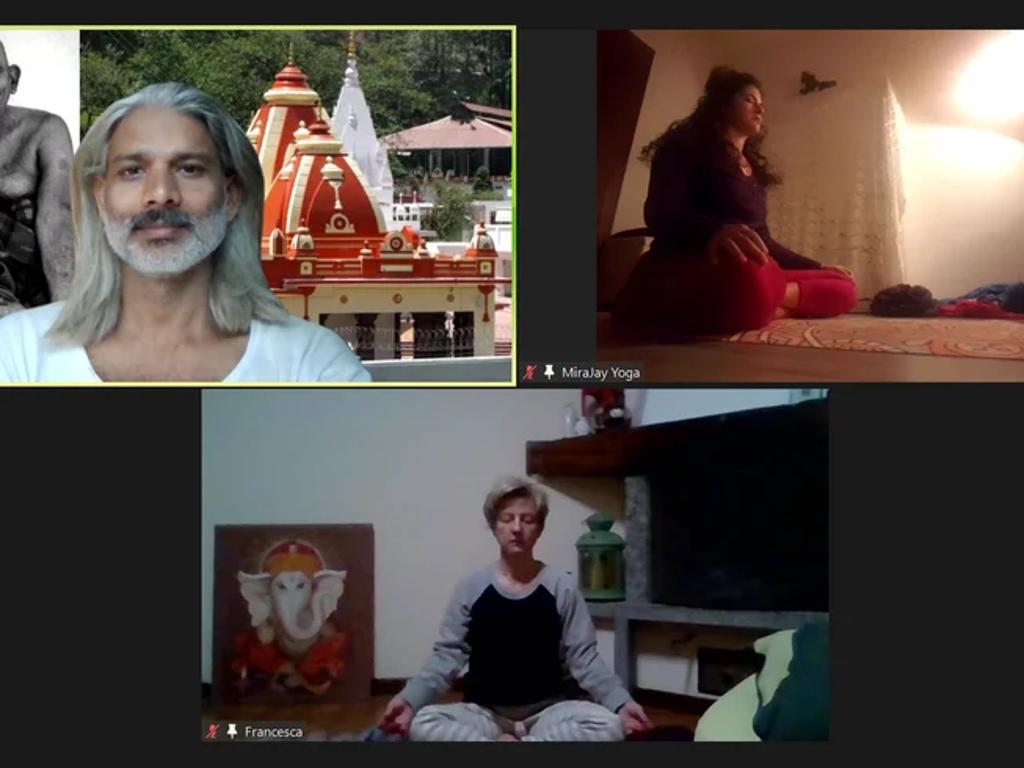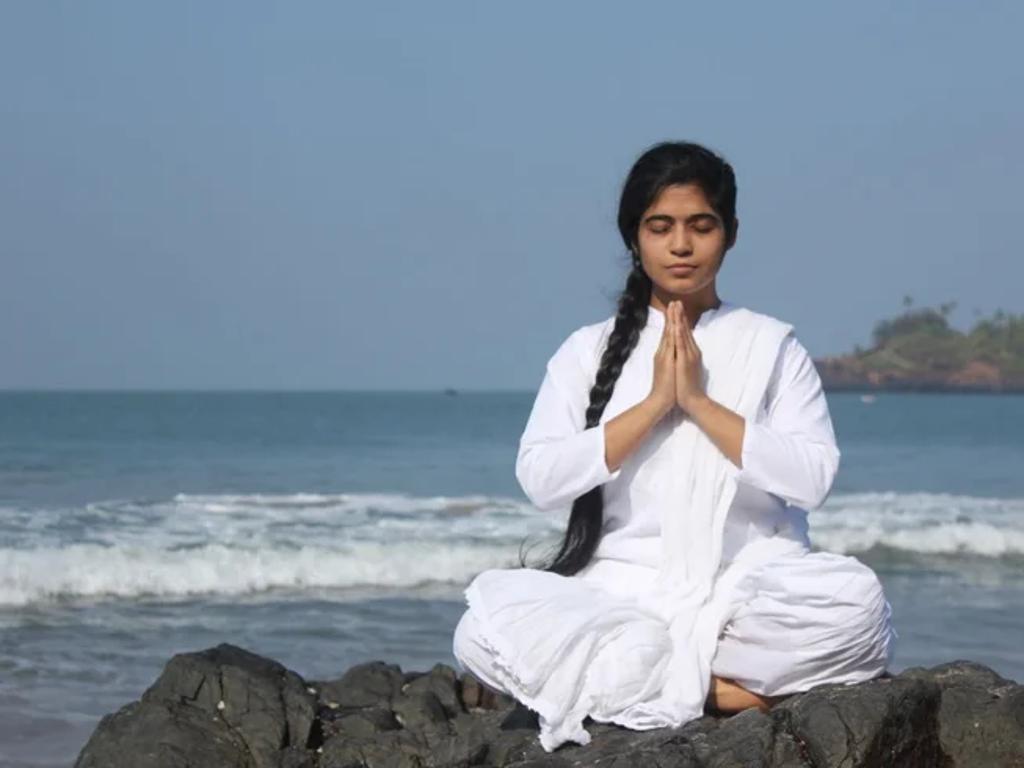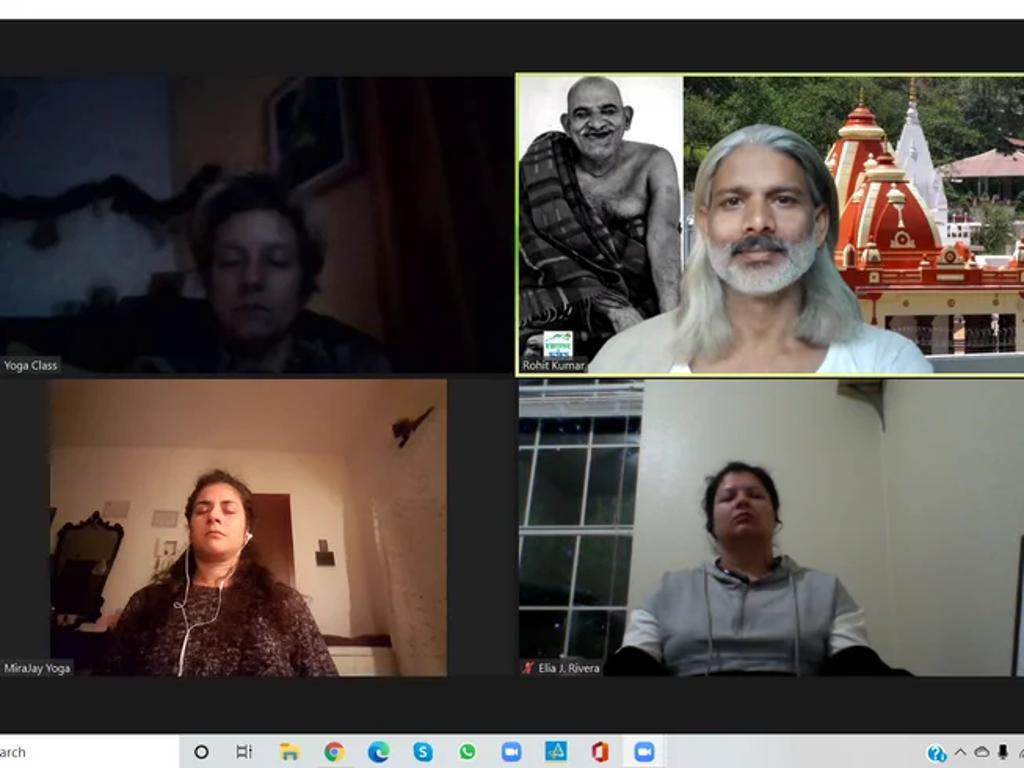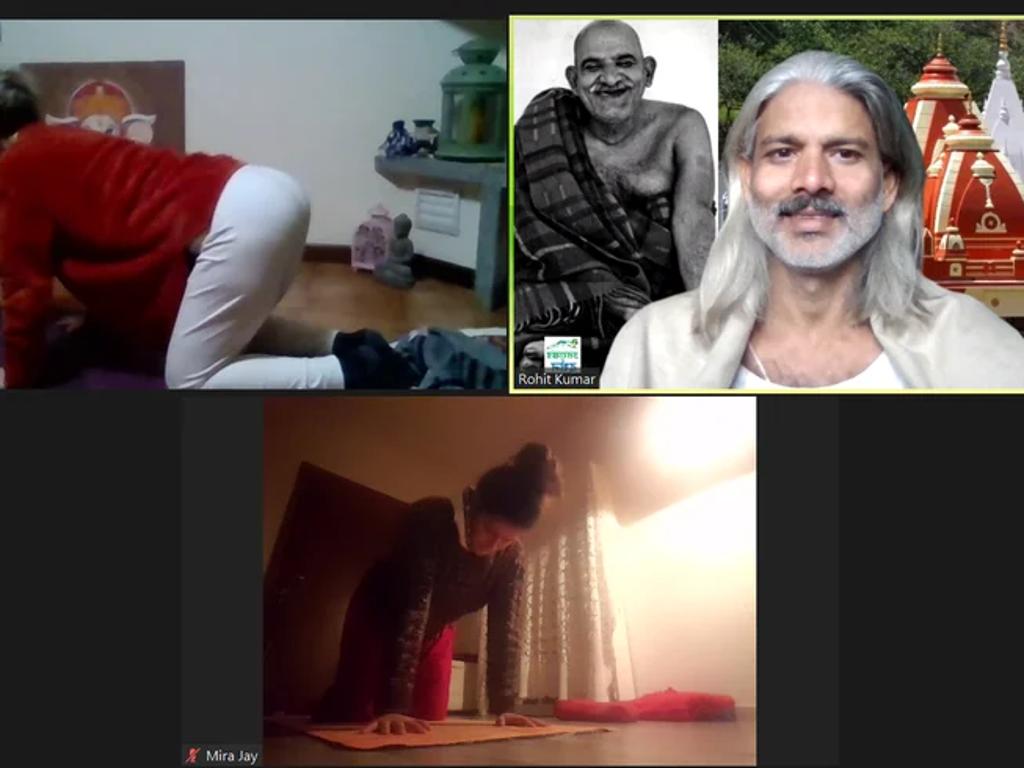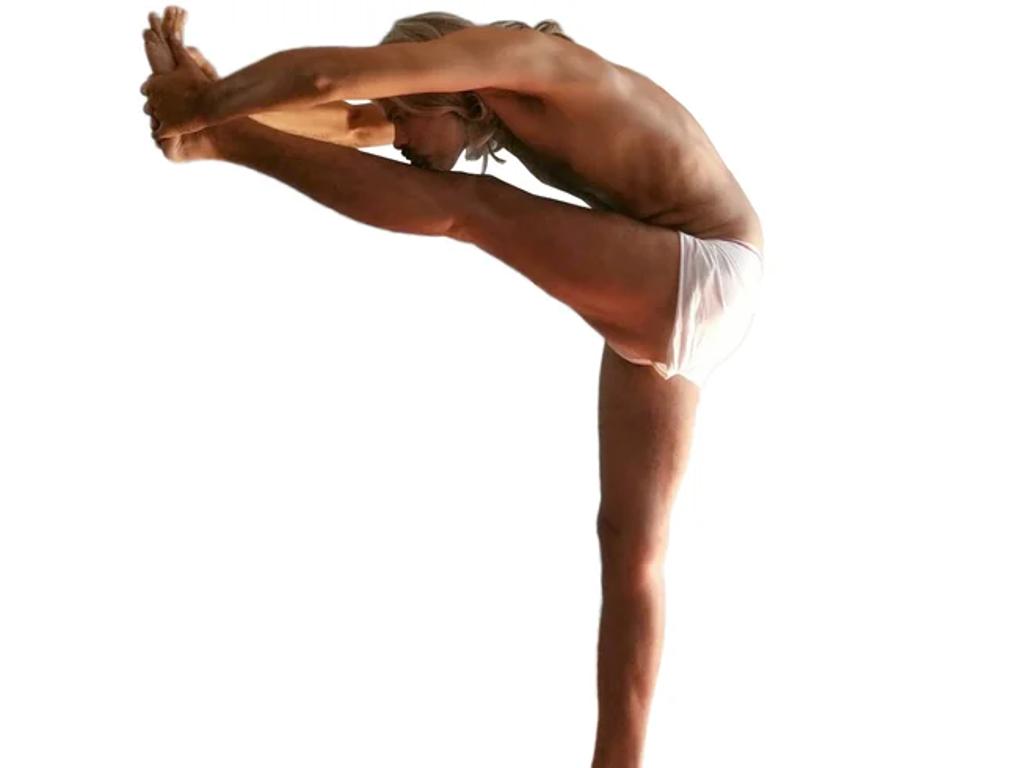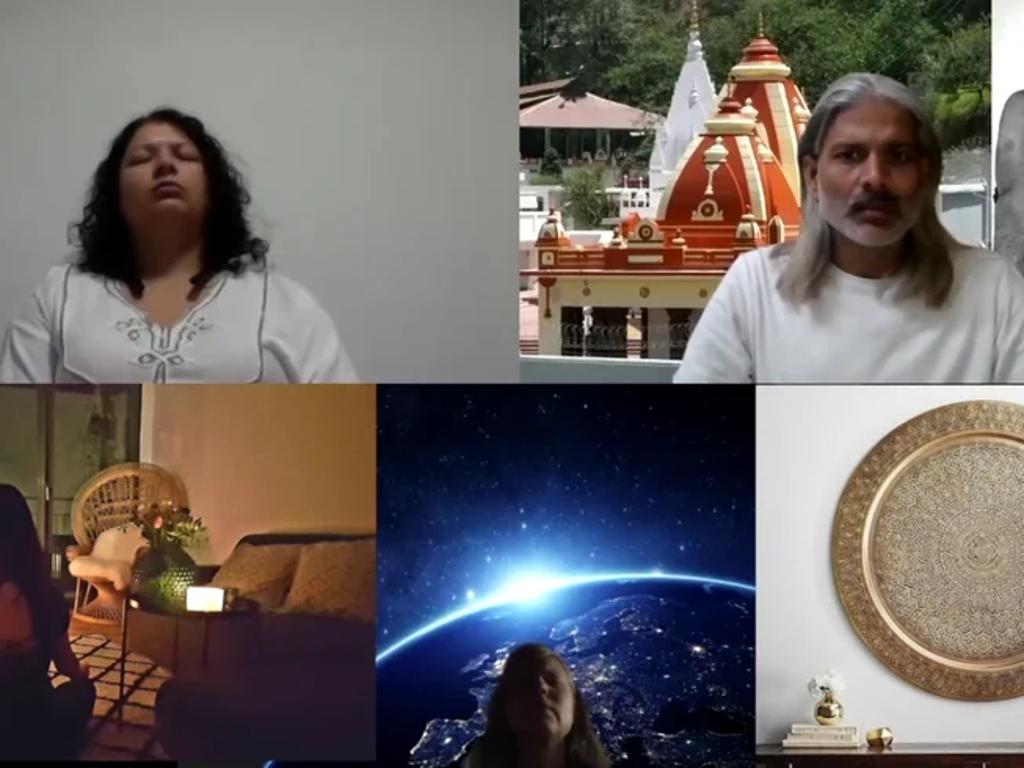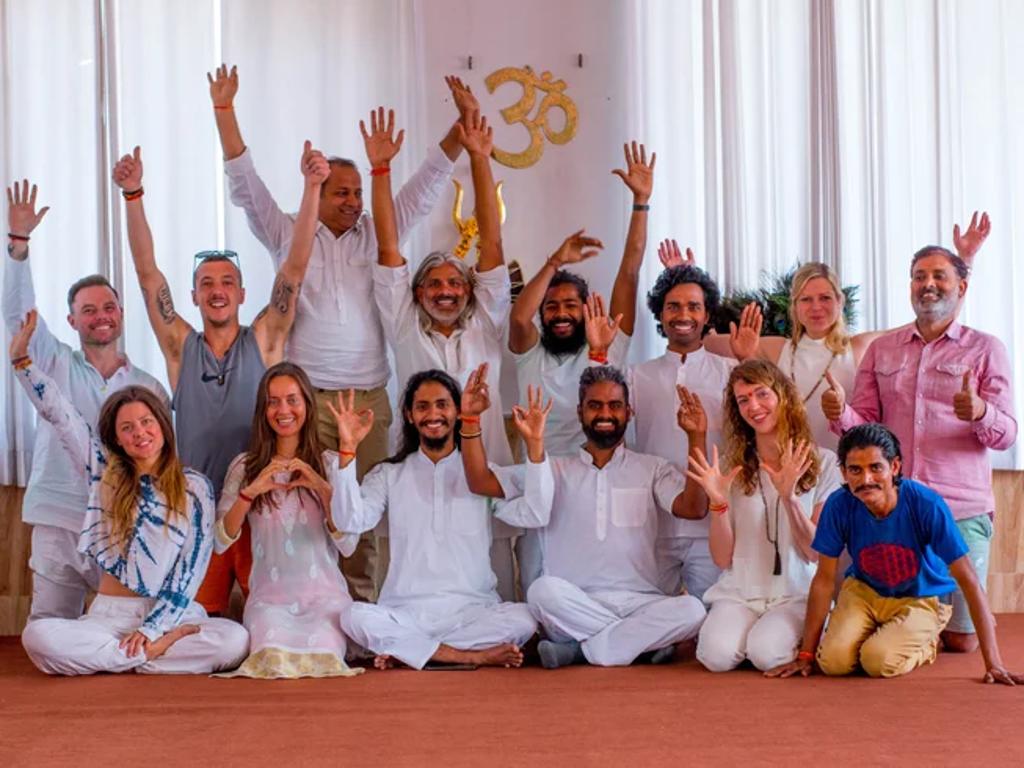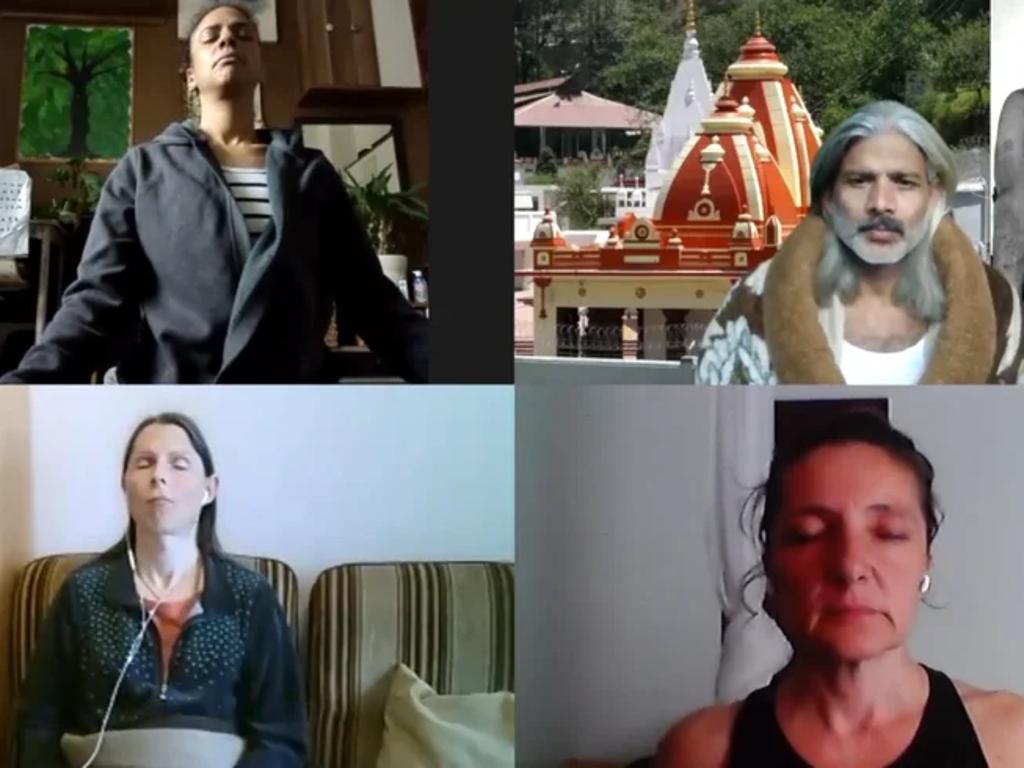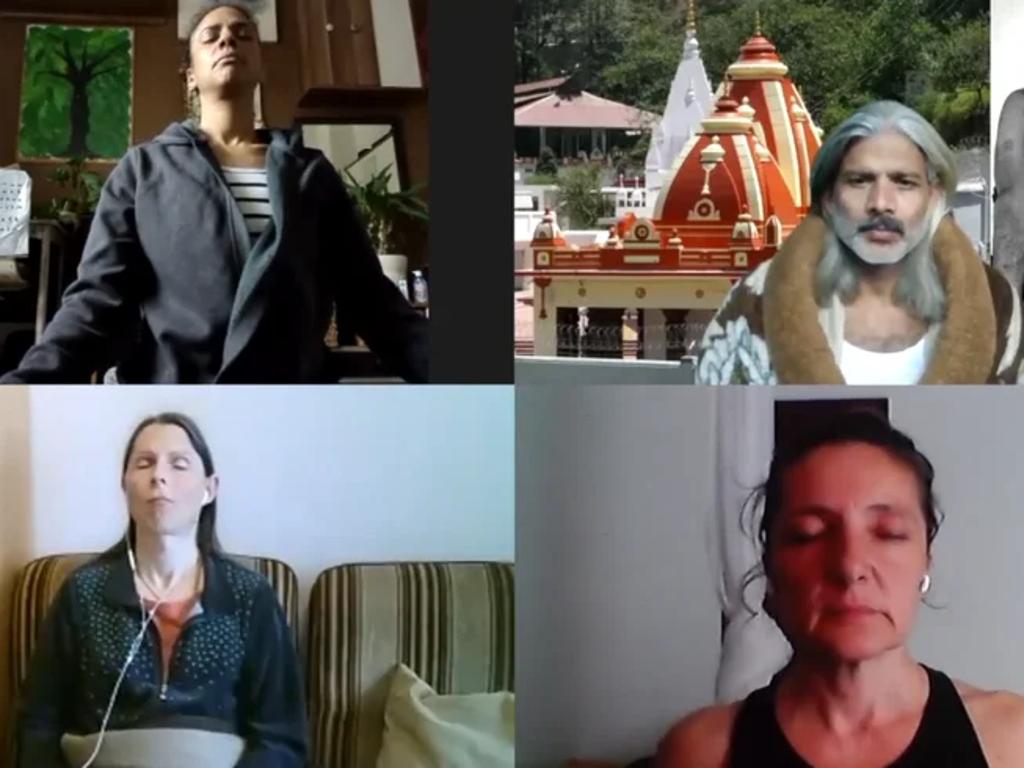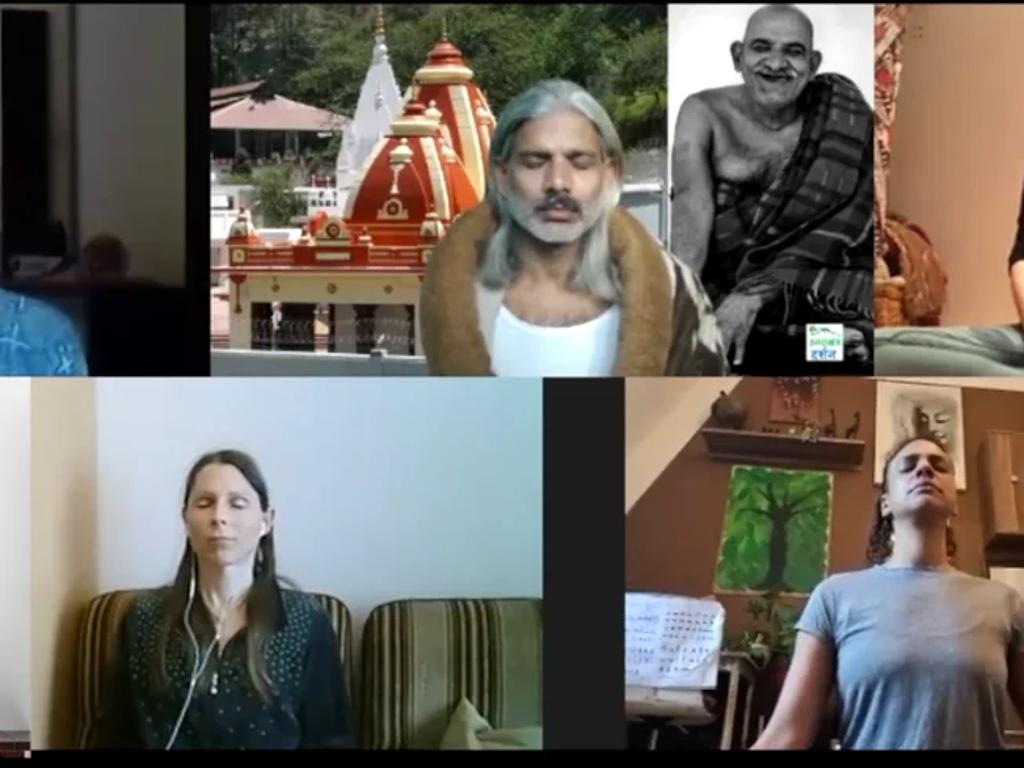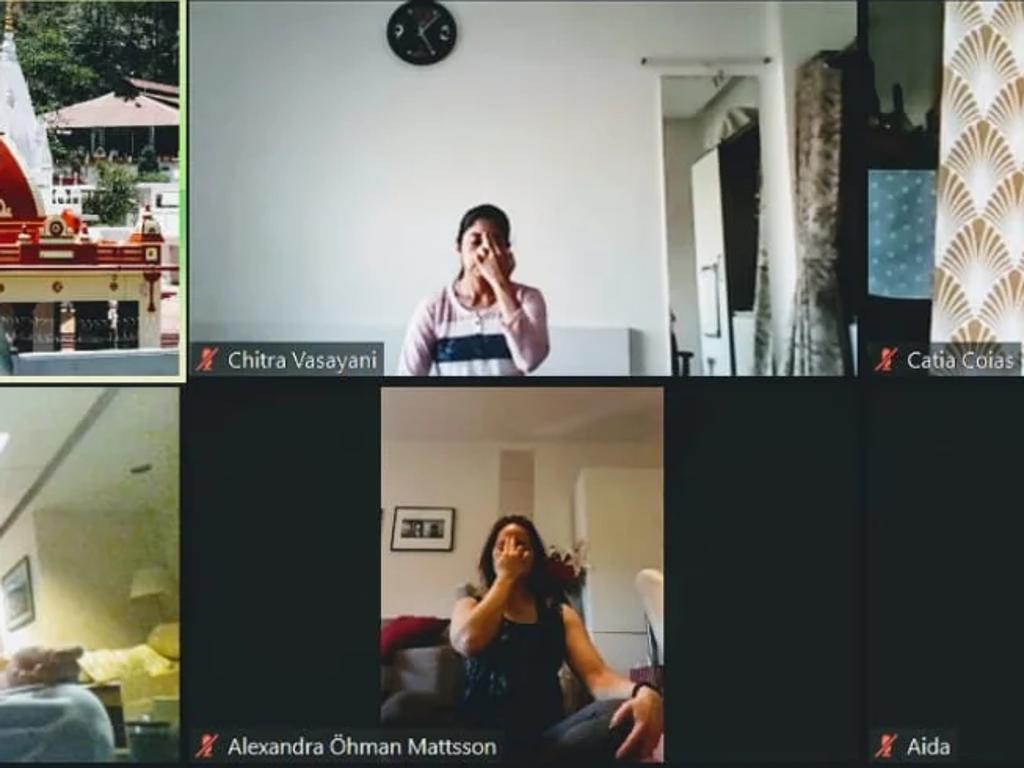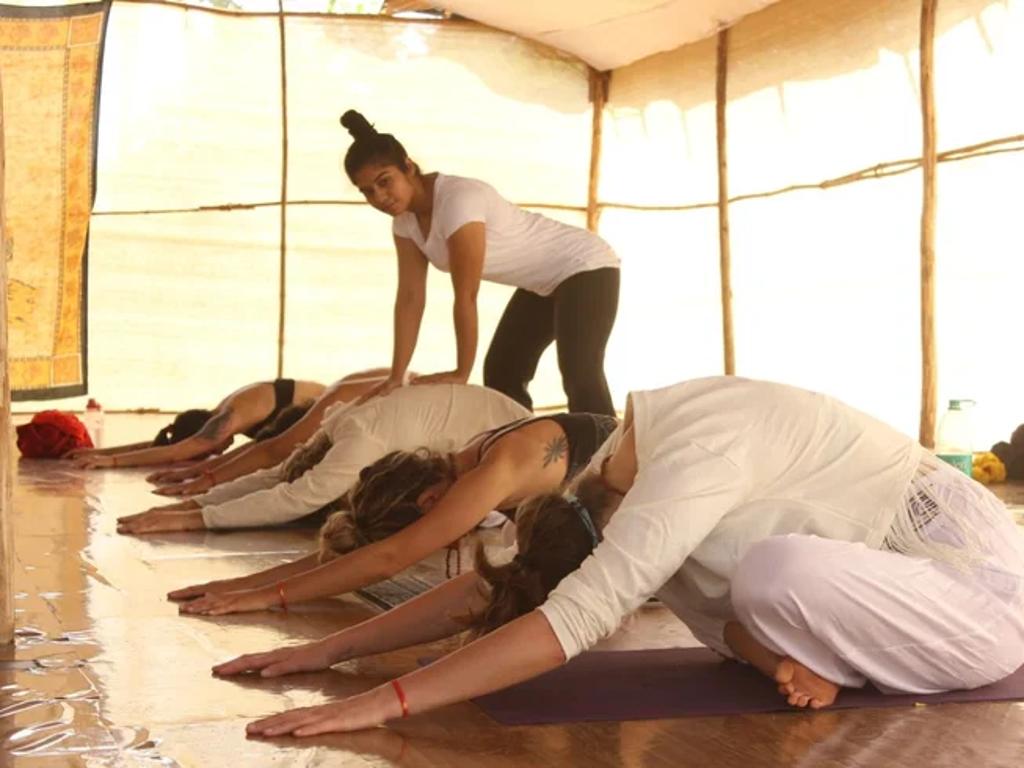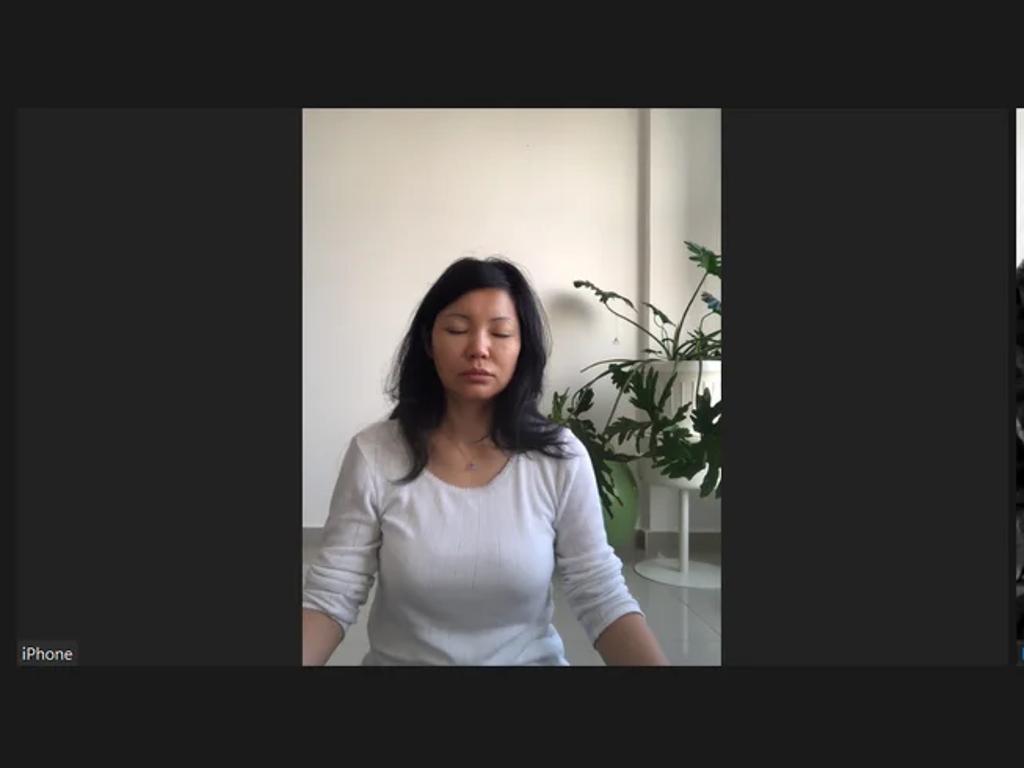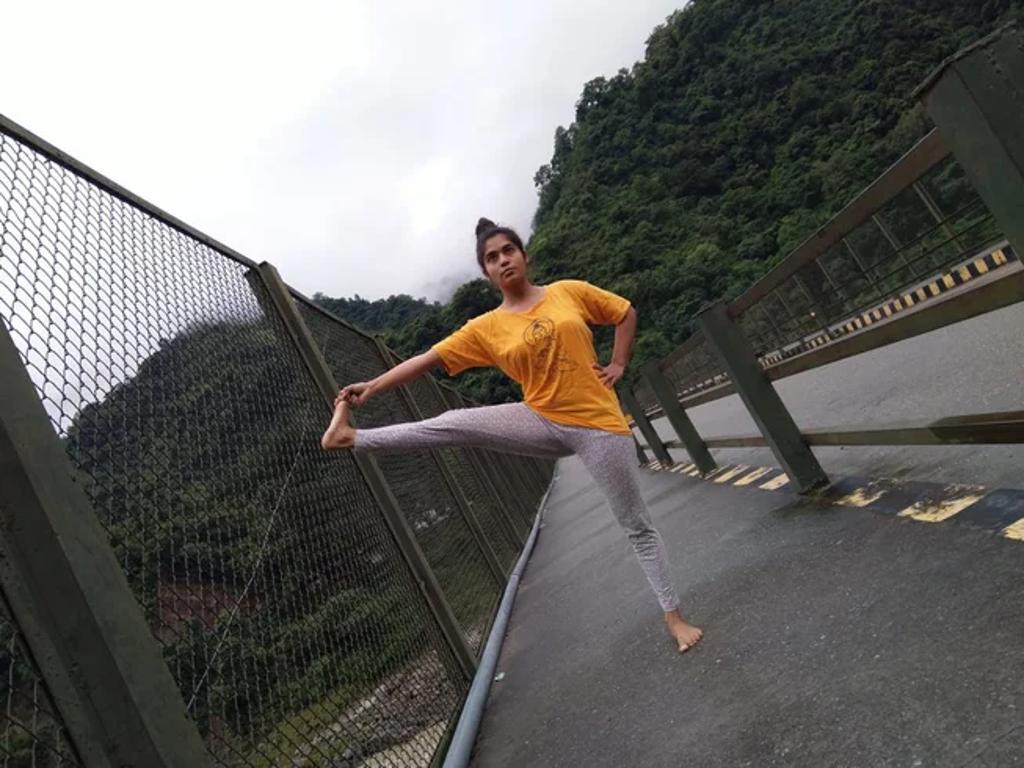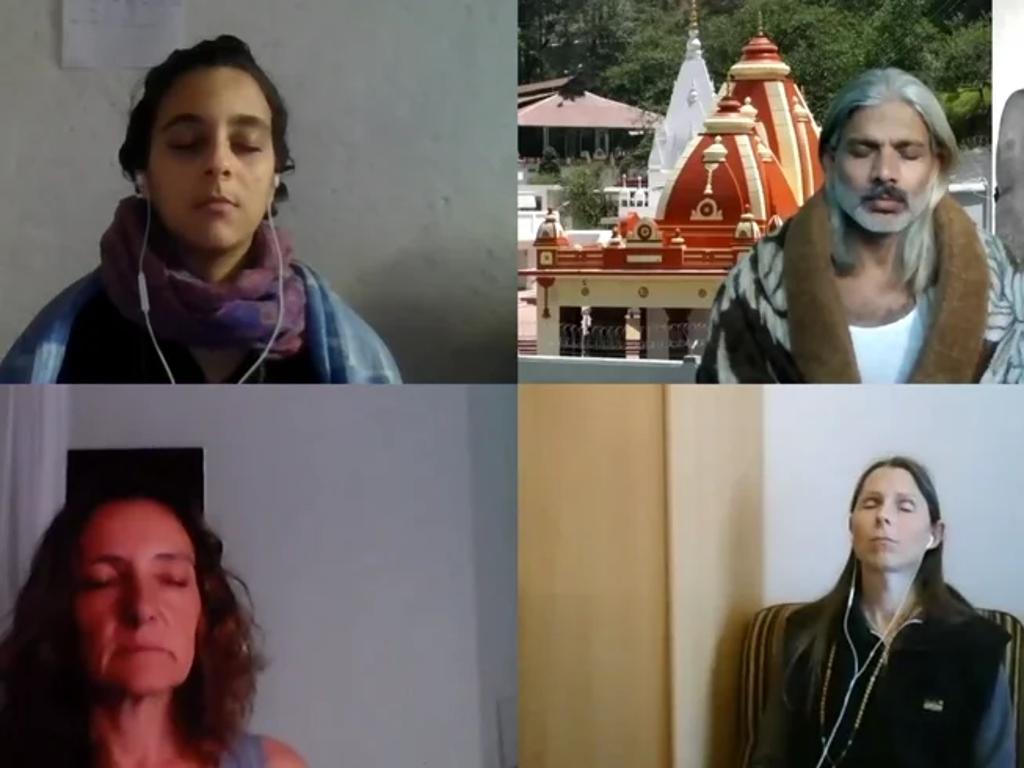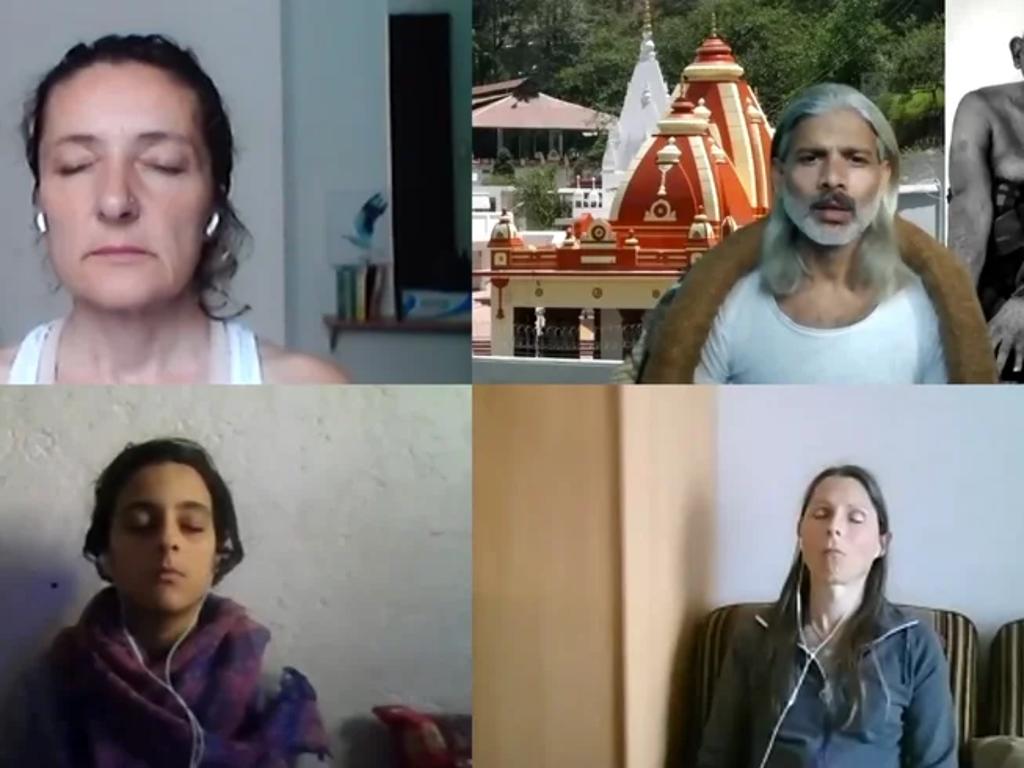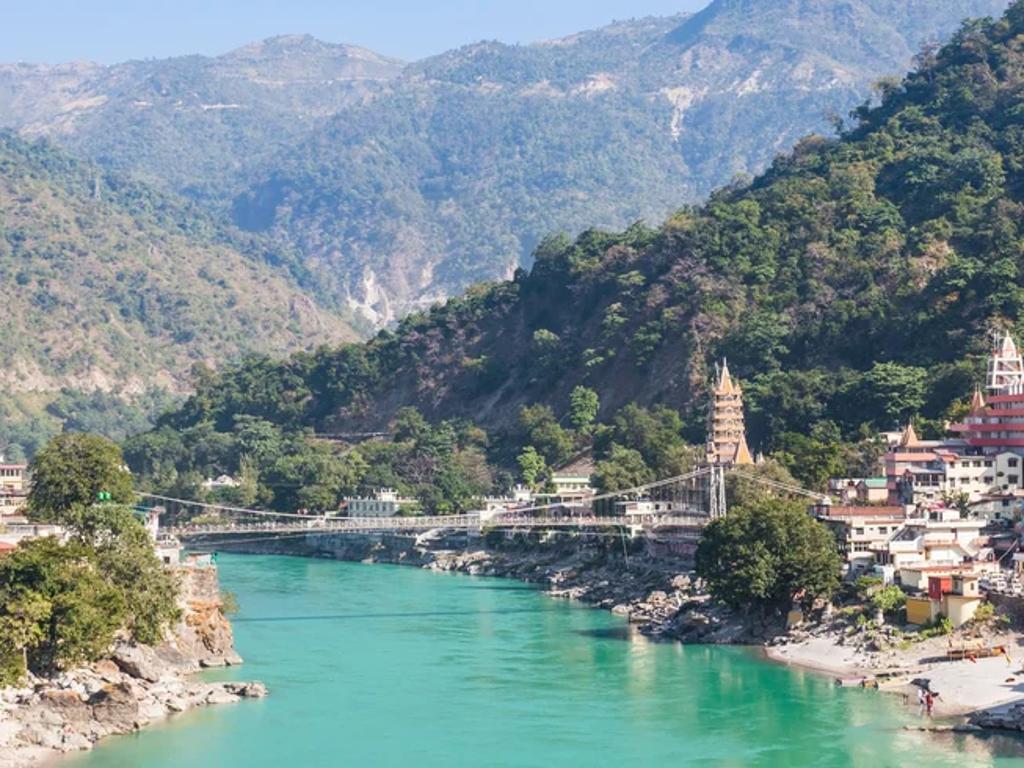Highlights
Skill level
Spoken Languages
Language of Instruction
Program
Pre-application requirements
- Yoga mat
- Computer
- Internet connection
- English efficiency
Certifications
Students who complete their training are eligible to register with Yoga Alliance as Registered Yoga Teachers (RYT®).
How the training works
The course consists of 91 contact hours for live classes and 109 non-contact hours for self-practice, assignments, and videos via Skype, Zoom, and other available online platforms such as Facebook, Google Meets, and so on whichever works.
Daily schedule (GMT+5:30)
- 06:30 - 08:00 Hatha yoga asana, pranayama, Kriya, and relevant practices
- 08:00 - 09:30 Anatomy and teaching methodology
- 16:30 - 18:00 Philosophy and meditation
About the training
This course with an up-leveled curriculum incorporates a variety of topics. All these topics come under the following heads:
1. Techniques, training, and practice
It incorporates various techniques of Hatha yoga which students will study in the course. They are:
- Asana - postures of Hatha yoga such as preparatory movements of joints, muscles, and parts of the body, standing, supine, and prone - (backward, forward, spine twist), inversion, and balance at an intermediate level.
- Pranayama - Udar Svashan, Vaksha Svashan, Griva Svashan, Yogic Svashan, Kapalabhati, Nadi Shodhana, Bhramari, and Ujjayi.
- Mudra - Gesture of hands, fingers, and body to affect the energy in the body.
- Bandha - Practices of locking the energy in the body (Jalandhara Bandha).
- Satkarma - Practices for purification of the body in Yoga (Jala Neti).
- Meditation - Fundamental practices of Yoga Nidra, Yogic breathing with awareness, Fundamental practices of developing awareness, Kaya asthairyam (stillness of body), Awareness of natural breath, Awareness of peace, Antarmouna (inner silence) with awareness of natural sensory responses and awareness of natural thought process and Developing awareness with mantra such as AUM.
- Chanting - Chanting and practice of important holy syllables for well-being and auspiciousness in life.
- Singing bowls - Practice of sound awareness and sound experience.
2. Anatomy and physiology
- Anatomy - Skeleton system (major bones, types of joints, major muscles involved in asana, and types of contraction).
- Physiology - Nervous system including ‘fight, flight, freeze’ stress response, Vagal theory, overall mind-body connection, cardiovascular or circulatory, endocrine, digestive systems as they relate to yoga practice, respiratory system including muscles that affect breathing, involuntary versus voluntary breath and how air enters and leaves the body.
- Biomechanics - Types of joint movement, joint stabilization, safe movement as it pertains to balancing, stretching, awareness and physical limitations, contraindications, misalignments, and adaptations.
- Elective - Additional study on modern physio about bones, joints, muscles, and their movements.
- Additional topics - Shared anatomical and alignment principles plus contraindications, effects of pranayama on anatomy and subtle body, complete sequencing of pranayama including alternatives and adaptations, different types of pranayama, and Ayurveda tri-dosha basic knowledge.
3. Yoga humanities
- History - Yoga and its meaning, historical perspective of yoga, yoga in ancient texts, school’s lineage, style and methodology, important dates and key ideas - Vedic period, Pre-classical era, classical era, middle ages, Hatha yoga 11 century, colonial era, modern revival - 19th century with Swami Vivekananda and other great saints and Yogis, Veda, Vedanta, and Hatha, historical context of asana, specific asana from the school’s lineage, historical context of pranayama, meditation methods by lineage, and ability to practice school’s chosen meditation practice.
- Philosophy - Definition of yoga, philosophy and key terms, tradition of yoga, important scriptures of yoga, important Darshan (schools of philosophy), branches of yoga (Gyana Yoga, Karma Yoga, Bhakti Yoga, Raja Yoga, Hatha Yoga, Swara Yoga, Kundalini Yoga, Kriya Yoga, Nada Yoga and Mantra Yoga), Brahman and Atman, Yuga (Age) and its characteristics, individual existence (Sharira Traya, Pancha Tattva, Gyanendriya and Karmendriya, Antahkaran, Triguna, Pancha Kosha, Nadi, Prana Vayu, Chakra and Kundalini), Sad Bhava Vikar (Six modifications of body), Sadurmi (Six waves), Sadripu (Six enemies), Karma, Mrityu and Punarjanma (Death and reincarnation), Mukti, Important topics from Yoga Sutra of Patanjali (Introduction of the four chapters, Anushashan, Chitta, Vritti, Swarupa, AUM and Asta anga of Yoga), Key terms of meditation, Japa, Mantra, Mudra, relationship between asana, pranayama and meditation with reference from Yoga sutra and according to school’s approach, relationship, message and similarity between Yoga Sutra, Bhagavad Gita and Hatha Yoga Pradipika and Self-reflection on how philosophy relates to practice.
- Ethics - Awareness of Yoga Sutras or similar Yogic ethical precepts, Relationship to Yoga Alliance’s ethical commitment, comprehension of and responsibility to increase equity in yoga, accountability measures, self-reflection on how yoga ethics relate to practice and teaching.
- Elective - Aum definition, Aum sound, and inner sound awareness.
4. Professional essentials
- Teaching methodology - Sequencing, pace, environment, cueing (verbal, visual, physical), and class management.
- Professional development – yoga-related professional organizations including the Yoga Alliance credentialing process, ethical commitment including the scope of practice, code of conduct and equity position statement, Lifetime of learning and continuing education, general professionalism including timeliness, consistency, and cleanliness and liability insurance, waivers and invoicing.
- Elective - Marketing tools, online yoga business, websites, promotion, and profession and career.
- Practicum - Knowledge, skills, experience across 12 key competencies, mentorship component including apprenticeship and feedback.
5. Additional topics
- Complete sequencing (asana, Pranayama, and meditation) to achieve a particular effect
Eligibility
Anyone can join. If the participants have some basic understanding of Yoga classes, then they can receive the knowledge easily. The participants must have proper access to the internet and useful devices that help them follow the program conveniently.
Suggested yoga books
- Asana Pranayama Mudra Bandha - Swami Satyananda Saraswati
- Raja Yoga - Swami Vivekananda or Four Chapters on freedom - Swami Satyananda Saraswati
- Yoga Darshan - Swami Niranjanananda Saraswati
- Anatomy and Physiology - Not specified
Instructors

Rohit Kumar
Rohit is the founder and lead trainer of Sanatana Yog Sandesh. Literature, metaphysics, Tantra, and yoga have been matters of interest in his life since a young age. Having started yoga classes at Yoga Sansthan, he visited several places to disseminate the principles of yoga along with its practices. He traveled to many countries of the European Union such as the Netherlands, Germany, etc, where he received a lot of exposure to various aspects of human life and could feel how yoga could be implemented into several walks of life.
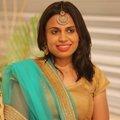
Niveda Arora
Niveda Arora comes from Delhi. She has been a trained yoga instructor with 5 years of long teaching experiences to various yoga teacher training courses across different states of India and abroad. For the last 2 years Niveda has been in Rishikesh teaching at various toga schools to students coming for yoga teacher training from all parts of the world. In yoga teaching her interests are Hatha, Vinyasa and Anatomy lectures.
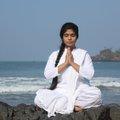
Neha Baliyan
biography not found

Naomi Nakajima
Naomi Nakajima is a very experienced yoga teacher. She studied many fields of education. She worked as a designer, a stylist and an assistant photographer but she continued as a professional photographer. She moved to the Netherlands and studied medicine for a decent livelihood. After her study, she started working as a pharmacist. She travelled to India to fulfil promises to her mother. Here yoga and meditation became her interest. She did for several years different kinds of yoga trainings like Hatha, Ashtanga, Yin, Kundalini, meditation, Kriya, chanting, prayer, kirtan and rituals etc.
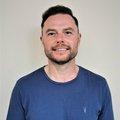
Danny Knight
Danny, from the UK, found his calling much later in life, spending the first 25 years of his career working in London culminating in him becoming head of the department at what is now the world’s largest insurance broker. However, feeling unfulfilled and in great personal suffering he sought out answers and relief through the study of various modern esoteric modalities, as taught by people such as Dr Joe Dispenza. However, this opened Pandora’s box to many experiences he was not able to understand, or in fact, be ready for. This led him to seek knowledge of the forces behind these experiences.
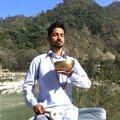
Dr. Rohit
Dr. Rohit Chobe was born and brought up in Haridwar which is one of holy pilgrimages in Uttarakhand, India. He has more than 12 years of experience in Yoga Philosophy and Indian Culture. He did his doctorate in Yogic Science from Uttarakhand Sanskrit University, Haridwar in 2018. He has a wonderful teaching experience as an Assistant Professor in Shoolini University, Solan, Himachal Pradesh from Sep 2021-Sep 2023 which is one of India’s best private Universities. He is a Certified Sound Healer and Reiki Master. His specialisation is in Meditation and Sanskrit Recitation.

Rajia Nautial
Rajiv is a very experienced Yoga teacher. Academically he holds a bachelor’s in Engineering from Graphic Era University. He worked in this field for some months. Later he felt a need to make a substantial change in his life. He found Yoga and he immersed himself in this to experience life deeper. He graduated in Yogic Science from Uttarakhand University and also in Yoga Naturopathy. He is an ERYT 500 Hours. He teaches Asana, Pranayama and meditation.
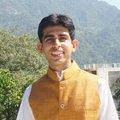
Yogi Mann
Yogi Mann comes from Delhi, India. He is a very calm and humble yoga practitioner who is always ready to help others in whatever way he can, be it guiding or counselling, teaching the techniques of Pranayama and meditation or teaching the therapeutic effects of Yoga. His main intention is to share with others the real essence of Yoga by which we can make the best use of this human form of life. His journey of Yoga started in teenage when he was quite inquisitive about the deeper truths of life. In search of the real goal of life he came across this beautiful process of Yoga and started practic
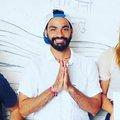
Pradeep Singh
Pradeep Singh comes from Rishikesh, Uttarakhand. Pradeep has done a bachelor in Arts. His inclination to Yoga was more dominant so he went for Yoga education. He completed a Yoga Course from Uttarakhand Sanskrit University and another 200 Hours Yoga Teacher Training. He trained students at Nomad Yoga – (May to Aug 2019), taught Hatha Yoga, Ashtanga Yoga and Vinyasa as a part of Yoga teacher training. He trains international clients and International School students conducting online training sessions since 2015 and has trained approximately 150 students in the last 5 years.
Accommodation
Check-in Time: Check-out Time:
Location
Food
What's Included
What's Not Included
Reviews
